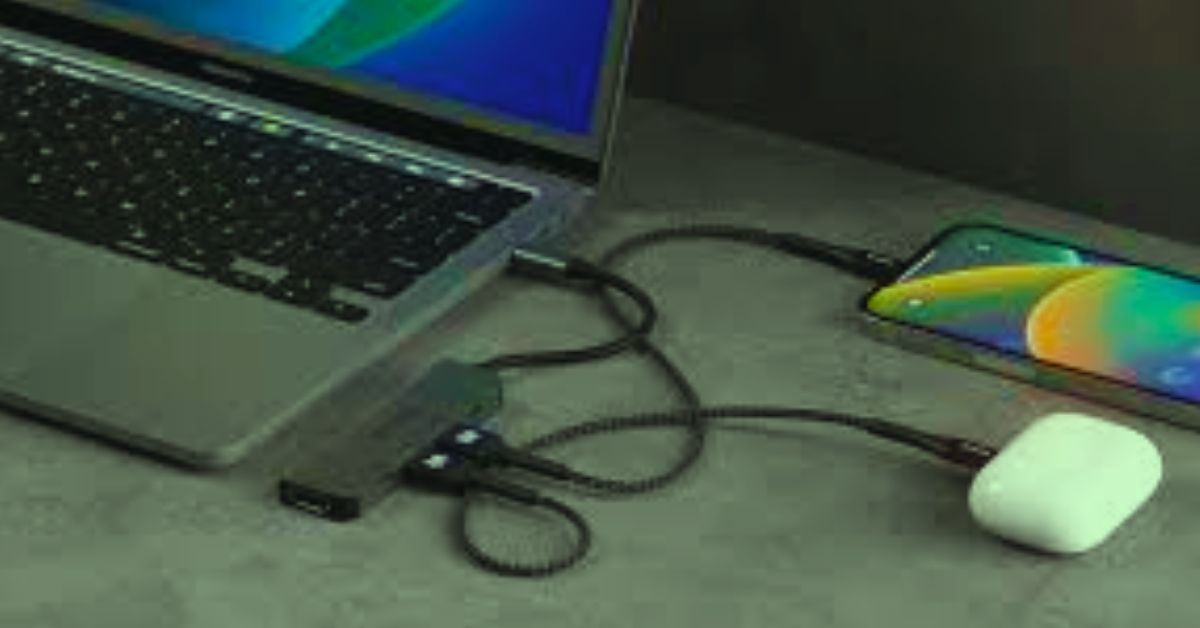In today’s fast-paced digital world, a reliable charging cable is essential for keeping your devices powered and ready for use. However, with numerous options available on the market, selecting the right charging cable can be confusing. This guide will help you understand what to consider when choosing the best charging cable for your device.
1. Understand Your Device’s Requirements
Before purchasing a charging cable, it is crucial to know your device’s charging specifications. Different devices have varying power requirements, which can impact charging speed and compatibility. Check the manufacturer’s guidelines or the device’s technical specifications for information about:
- Connector Type: Common types include USB-A, USB-C, and Lightning connectors. Ensure that the cable matches the connector used by your device.
- Power Output: Devices may require different wattages for optimal charging. For example, smartphones typically require 5V, while tablets might need 9V or higher. Using a cable that supports the required power output ensures safe and efficient charging.
2. Consider Cable Length
The length of the charging cable is another essential factor to consider. Cables come in various lengths, from short (1 foot) to long (10 feet or more). When choosing the right length, consider:
- Usage Scenarios: If you frequently charge your device while using it, a longer cable may provide more flexibility and convenience.
- Port Location: Assess where you typically charge your device. For instance, if the power outlet is far from your usual sitting area, a longer cable may be necessary.
3. Check Charging Speed
Charging speed is determined by the cable’s specifications and the power output of the charger. Look for cables that support fast charging standards, such as:
- USB Power Delivery (PD): This standard allows for faster charging by negotiating power levels between the charger and device.
- Qualcomm Quick Charge: This technology enhances charging speed for compatible devices.
When shopping for a cable, check for any labels or descriptions indicating fast charging compatibility to ensure you get the best performance.
4. Assess Build Quality
A high-quality charging cable is less likely to fray or break over time. Consider the following factors when evaluating build quality:
- Material: Look for cables made from durable materials like braided nylon, which provide better resistance to wear and tear compared to standard plastic cables.
- Connector Reinforcement: Pay attention to the connector ends. Cables with reinforced connectors are less prone to damage, making them more reliable for long-term use.
5. Compatibility and Certifications
Ensure that the charging cable is compatible with your device and adheres to safety standards. Check for certifications such as:
- MFi Certification (Made for iPhone/iPad): This certification indicates that the cable meets Apple’s performance standards for Lightning connectors.
- USB-IF Certification: Cables with this certification comply with USB standards, ensuring safety and compatibility across a range of devices.
6. Price vs. Value
While it can be tempting to opt for the cheapest option, consider the value you’re getting for your money. Investing in a quality charging cable may save you money in the long run by reducing the need for replacements. Look for reputable brands that offer warranties or guarantees, as this can provide additional peace of mind.
7. Read Reviews and Recommendations
Before making a final decision, take the time to read customer reviews and product recommendations. Look for feedback on performance, durability, and charging speed. Online platforms, such as tech forums and retail websites, can provide valuable insights from other users who have tested the cables.
Conclusion
Choosing the right charging cable for your device is essential for ensuring efficient and safe charging. By understanding your device’s requirements, considering cable length and build quality, checking compatibility and certifications, and weighing price against value, you can make an informed decision. Take the time to research and choose a cable that meets your needs, and you’ll enjoy a reliable charging experience for your devices.
